Commercial Driving Regulations of Photography Workshops and Other Tours in the Lofoten Islands and Norway
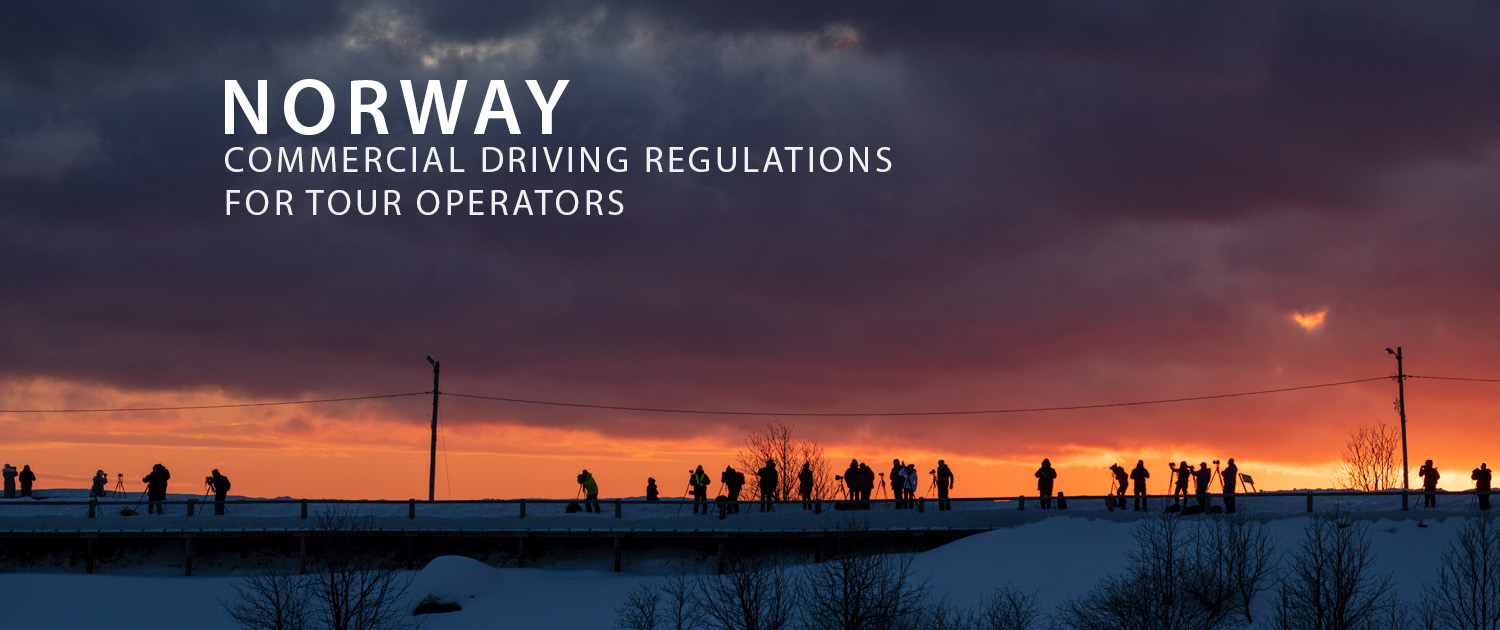
Beginning on November 1, 2020 changes to Norwegian transport laws require all small scale tourism operators (photo workshops, northern lights tours, climbing/kayak/ski guides, etc) to be in possession of a taxi license – løyve / drosjeløyve, for the transport of commercial clients.
This article will be a brief summary of the rules and regulations for Norway. As most of the information is only available in Norwegian, I thought I would provide an overview in English, as I think many (international) commercial guides are not aware of the rules which exist in Norway. These regulations are mainly for the driving and transport of paying commercial clients, in which photography workshops are considered a part, even the smallest of groups.
In Norway, all persons offering (paid) commercial transport of clients must have two things:
Kjøreseddel – Commercial Driving License
This applies to the driver of the vehicle. All drivers must have a valid Kjøreseddel when transporting clients.
In Norway, the Kjøreseddel is obtained from the police after filling out some paperwork and submitting a health check from the doctor. From Nov 1, 2020, obtaining a kjøreseddel also includes completing education and exams as a taxi driver. It is my understanding that a commercial driving license from the EU is also valid within Norway.
A kjøreseddel has no fee to receive.
Further information can be found at: www.politiet.no/tjenester/forerkort-og-kjoreseddel/kjoreseddel-for-yrkessjaforer
Løyve – Transport/taxi License
This applies to the vehicle/business used for transport of paying clients. All vehicles must have a valid Løyve, and follow a series of other regulations as well, such as being registered as a taxi and yearly EU control tests.
A løyve can only be given to a vehicle owned by the guiding company or person if self employed. Due to the requirement for police and financial checks within Norway, a løyve can only be obtained by a Norwegian registered business/person using a Norwegian vehicle. Rental cars/vans cannot be used. Further, the vehicle can only be driven by the owner or an employee of the business. ie. one cannot rent out a vehicle with a valid løyve for someone else to use. In new regulations going into effect in 2026, a new løyve will only be given to electric vehicles. Additionally, a tour guide/business must then also apply ‘not to be a taxi,’ so as to not need the otherwise required taxi meter. So yes, it is as it sounds: You need to apply to for a taxi license, and then an exemption not to be a taxi.
In summary, only a Norwegian registered business with a Norwegian registered vehicle can offer transport of commercial clients within Norway. And the driver of said vehicle must be an owner/employee of the business with the løyve for that specific vehicle. **
The processing fee for a løyve from the county is 3700 NOK (2023)
The løyve is obtained from the county in which one lives or operates their business. In the case of Lofoten, this is Nordland county.
Further information can be found at: www.nfk.no/tjenester/kollektiv-og-veg/transportloyver/drosjeloyve
More information from the Norwegian road agency here: www.vegvesen.no/kjoretoy/yrkestransport/transportloyver-og-tillatelser
All persons/companies possessing a valid transport løyve can be found here: www.transportloyve.no
In the (somewhat rare) event of a traffic control, the lack of either of these two documents will result in the immediate loss of driving privileges within Norway.
Unfortunately, these regulations make it difficult, if not more or less impossible, for non-Norwegian based guides/businesses to legally operate photo workshops, hiking tours, skiing trips, etc., within Norway, unless additionally utilising a licensed transport company. Furthermore, there are very few licensed operators within the greater Lofoten area; much less than current demand would be during the height of the photo workshop season in February and March. With expected increased enforcement in the coming years, it will have a very negative effect on tourism in Lofoten – especially during winter, when a majority of tourists are via photography workshops.
As I wrote above, this article in mainly so these Norwegian rules can be found in English and to bring attention to new rules which kind of slipped by while the world was focused on Covid and most photo guides saw a complete collapse of their business. And, as I’ve experienced over multiple contacts with the responsible authorities, even they are not always fully understanding their own regulations. So this is just a basic summary of how the rules currently exist in January 2023.
An additional reason for this article is that a member of Lofoten’s photography and guiding community has taken it upon themself to search via social media and websites for photographers and other guides offering workshops in Lofoten. With this, they have made multiple reports to the police and Nordland county. I’m aware of several local guides who have received ‘information’ letters from the police, as well as a German workshop leader who has been contacted by Nordland county. And I’m sure there are many more which I haven’t heard about. Rules and regulations should be followed, but a fellow guiding business spying on and reporting unsuspecting people to the police, especially after several years of Covid travel restrictions and financial difficulties in the travel industry, is not the way I would go about having a greater awareness and adoption of licensing by guiding businesses. A better idea would have been to offer information of help, such as I’m attempting with this article.
**There are exceptions if a vehicle like a tour bus which has more than 16 passengers, but that is different than the purpose of the explanation here.
UPDATE – APRIL 2023
I thought I would add a quick update now that the winter photo workshop season has ended for the year. After I published the original articles, I received a few panicked emails from guides with upcoming workshops that had not previously been aware of the transport regulation changes and were wondering what to do.
This year was a busy as pre-2019, if not even more so. The islands were filled with dozens and dozens international workshop groups in rental vans with no sign of enforcement anywhere that I heard of. The only mention I saw the entire winter around driving regulations was an enforcement action on a Malaysian tour operator in Tromsø, but this seems like it was more about multiple years of tax fraud on income earned in Norway, than the driving documents themselves, though it was briefly mentioned in the article alongside a multitude of other offenses as well.
I cannot tell you to break the law, but on Lofoten at least, it seems no one cares. It feels like the commercial driving documents are more of a burden to locally operating small guides like myself, putting us at a disadvantage to international groups who can and will continue to use rental vehicles and remain unaware that these new laws even exists. So with no (apparent) enforcement, ignorance actually is bliss and better for business. Where as local guides must own/insure their vehicles which might only be needed 10-15 weeks a year for guiding.
I generally consider the Norwegian authorities to be fairly competent, but the short shortsightedness of these regulations leaves me quite disappointed. It is already enough of a struggle to run a small business in western Lofoten while still competing on the global tourism stage. And then for the Norwegian government to handicap local guides with regulations and financial expenses which are not (equally) enforced on international tour operators is simply insulting.
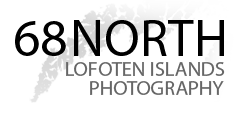
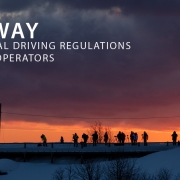
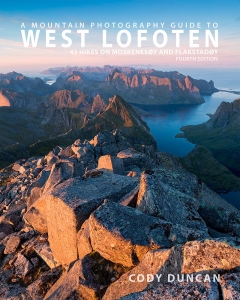
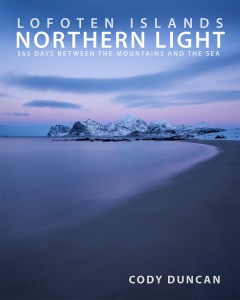


Leave a Reply
Want to join the discussion?Feel free to contribute!